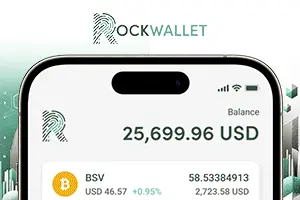|
Getting your Trinity Audio player ready...
|
There’s a strange irony to this moment in Bitcoin mining: the deeper we dig, the less we mine.
At Mining Disrupt 2025 and similar events around the country, the conversation has quietly shifted from digital gold to grid stabilization. “Bitcoin mining is a grid balancing technology—maybe the best in history,” said Dennis Porter of the Satoshi Action Fund in a recent panel. That’s not hyperbole. Porter is among a growing number of professionals who recognize that mining’s unique ability to throttle demand in real time makes it one of the most valuable flexible loads available to power operators.
There’s a sober wisdom in that observation, a big opportunity, but also a problem.
Miners are making money today in everything but mining Bitcoin: carbon credits, stranded energy, tax incentives, debt-fueled BTC accumulation, and curtailment agreements. Many jobs are also being created in the manufacture of the proverbial “picks and shovels” of the Bitcoin era. These are clever plays. They serve the grid. They keep operations alive. But they increasingly distance miners from the very network they were designed to secure.
And that is the point of my ongoing coverage of the mining industry as a whole, punctuated (again) by my coverage at Mining Disrupt 2025.
The margins in pure hash rate-for-Bitcoin are so low—and so commoditized—that the only way to survive is to stack side hustles. And there are plenty of those if you know where to look. Shrewd entrepreneurs are still raking in revenue, but the signal is clear: mining alone no longer pays.
So where does that leave Bitcoin?
It leaves us with a question no one wants to answer: what happens when the largest infrastructure layer of Bitcoin becomes entirely indifferent to Bitcoin itself?
Porter and others see this as an opportunity. If Bitcoin mining is now power infrastructure, let it thrive. Let miners be paid not just in coinbase rewards, but in government contracts, demand response payouts, and ESG bonuses. Let Bitcoin’s engines run for the sake of the grid.
However, this evolution also raises existential questions about the long-term sustainability of Bitcoin as money. If mining rewards are increasingly delinked from usage—if transaction volume remains anemic and block subsidies shrink —then what exactly is the system supporting?
Just Michael Saylor, Jack Mallers and a few big custodians alongside a few dozen private “Hodlers” around the world?
This is the ticking time bomb of every halving: the industry that should be racing to scale usage is instead racing away from it.
As I’ve said many times, Bitcoin’s scaling won’t come from ideals—it will come from commercial pressure. That’s why we need Teranode, why we need useful tokens, why we need real demand on-chain, and why we need real entrepreneurs building for real users. Otherwise, the smartest people in the room will keep building profitable businesses that have nothing to do with Bitcoin.
The incentives are drifting. The mission is at risk. But the tools are still here, waiting to be picked up by builders and entrepreneurs who still believe Bitcoin should mean something.
Watch | Mining Disrupt 2025 Highlights: Profitable trends every miner should know

 09-01-2025
09-01-2025 





